Is there are link between cat’s fur color and their personality, or this is how our perceptions were based on the feelings about certain colors.
For years, both scientists and cat owners have been baffled by this question. According to science, cat’s personality and color are both genetically regulated and inherited. Science aside, countless stories and observations from cat lovers around the globe suggest otherwise.
It has long been believed that three color cats are nasty, orange cats are tender and playful, white cats are weird, tuxedo cats are bossy…
Here are some more commonalities between fur color and cat’s personality.
Tabby cats
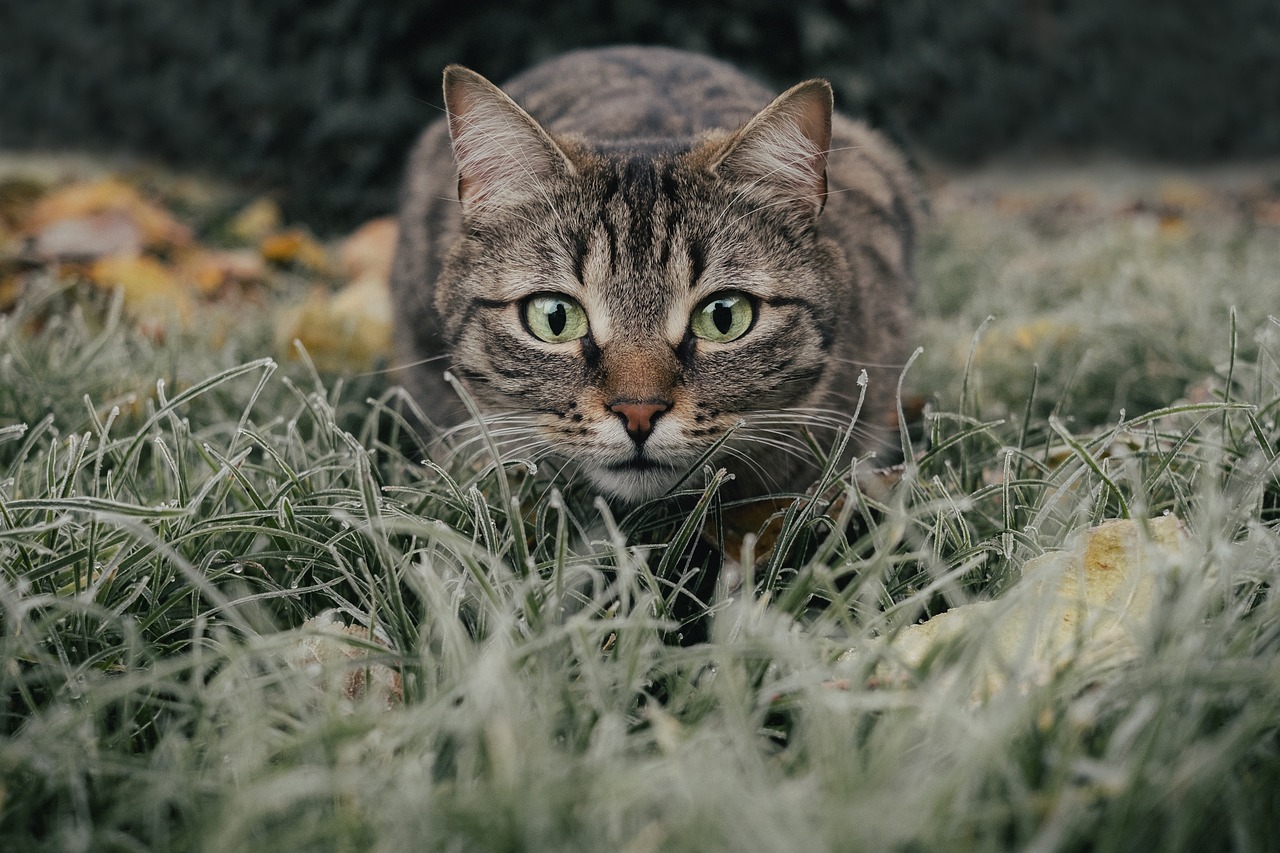
Tabby cats can be in a range of colors, and have either dots, stripes or swirls on the coat. They are said to be very lazy and quiet, but friendly, intelligent and affectionate.
Black and white cats
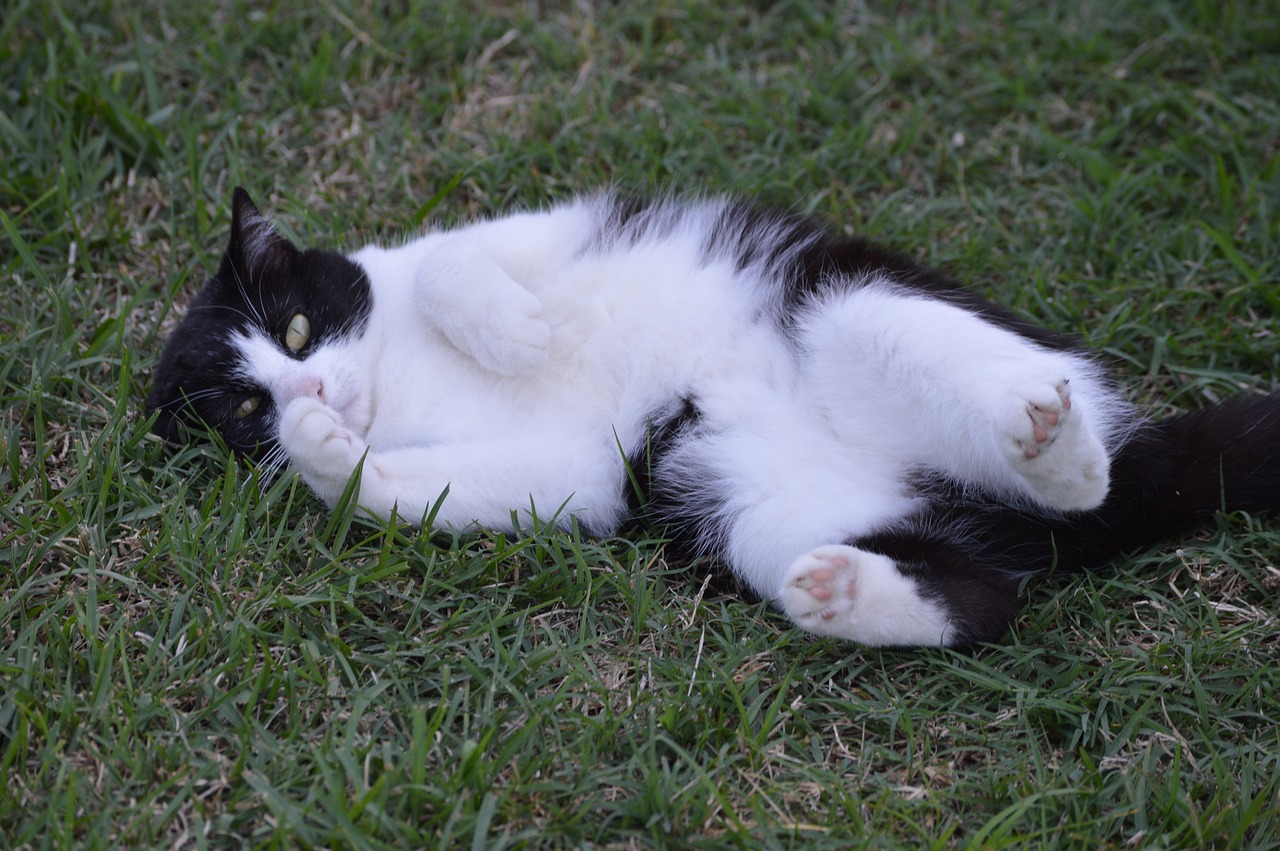
Also known as tuxedo cats, they are very calm cats, but sometimes they can be wanderers. Bicolor cats love to sit on your lap and to be fondled a lot. They are usually loyal to only one member of the family. Some might claim that tuxedo cats are more dictatorial, aggressive, or confrontational.
Gray cats
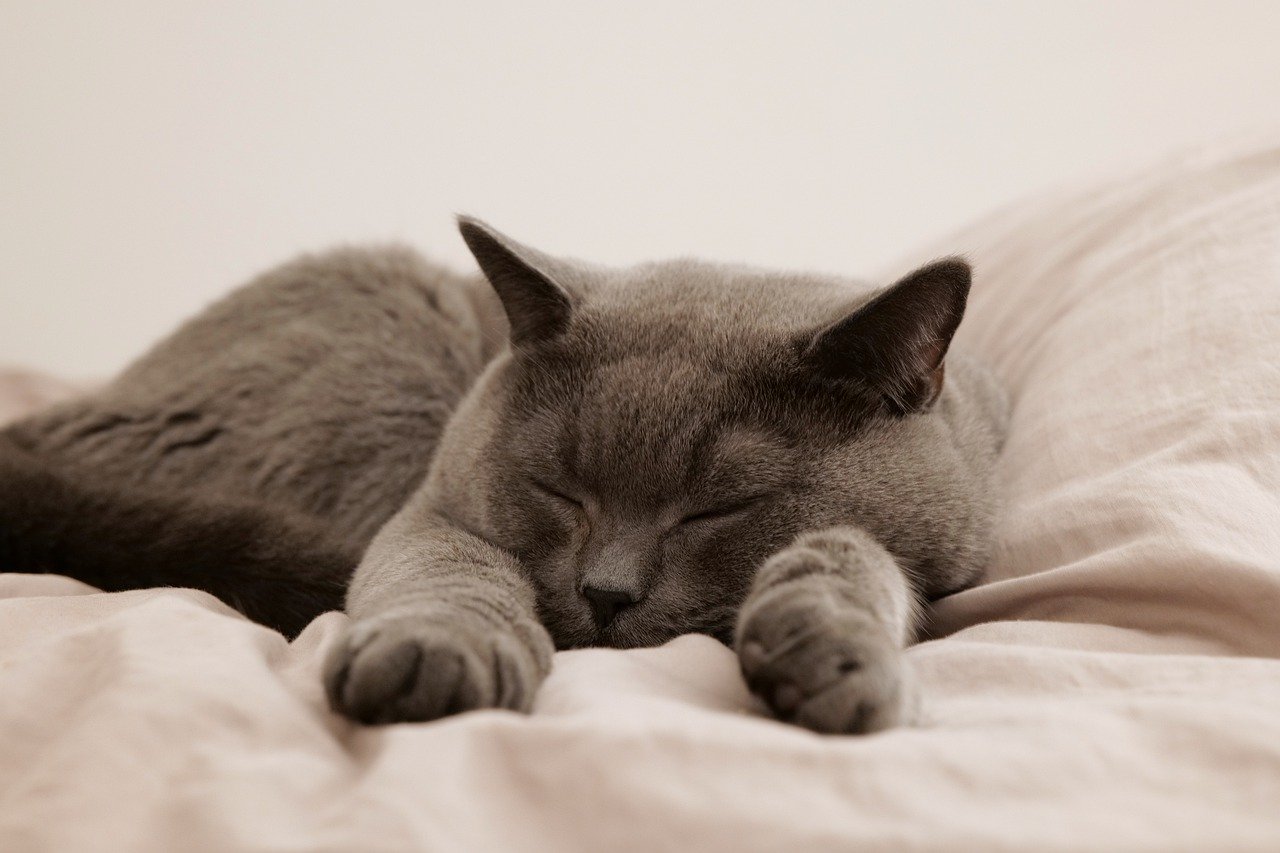
Gray cats scored most for being intolerant, distant and mischievous. While the gray cats with white foot can be very affectionate and loving pets.
Calico cats
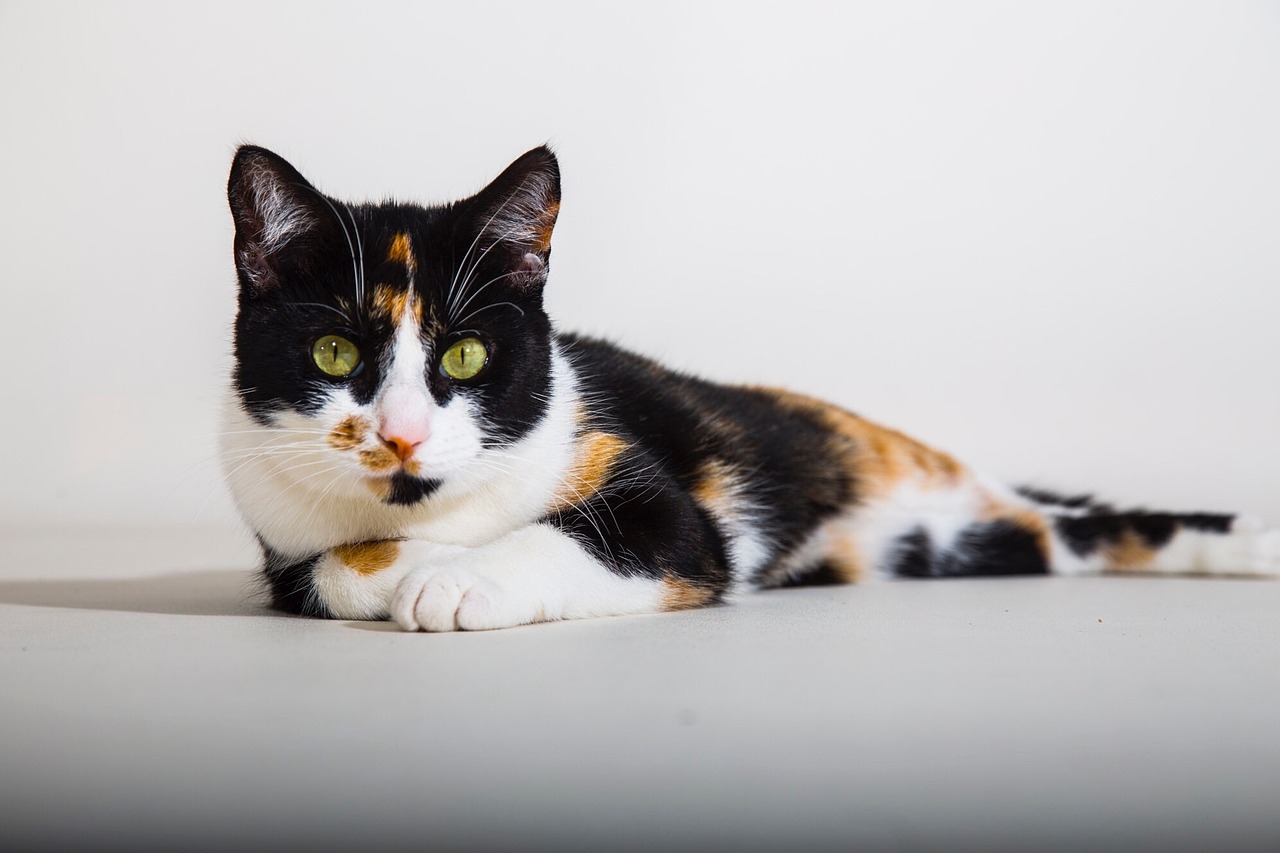
These three-color coat cats are sugar-and-spicy. When your foolishness gets to them, they may be little whirlwinds of hiss and spit and claws, or they can be incredibly charming with the right person at the right time.
Black cats
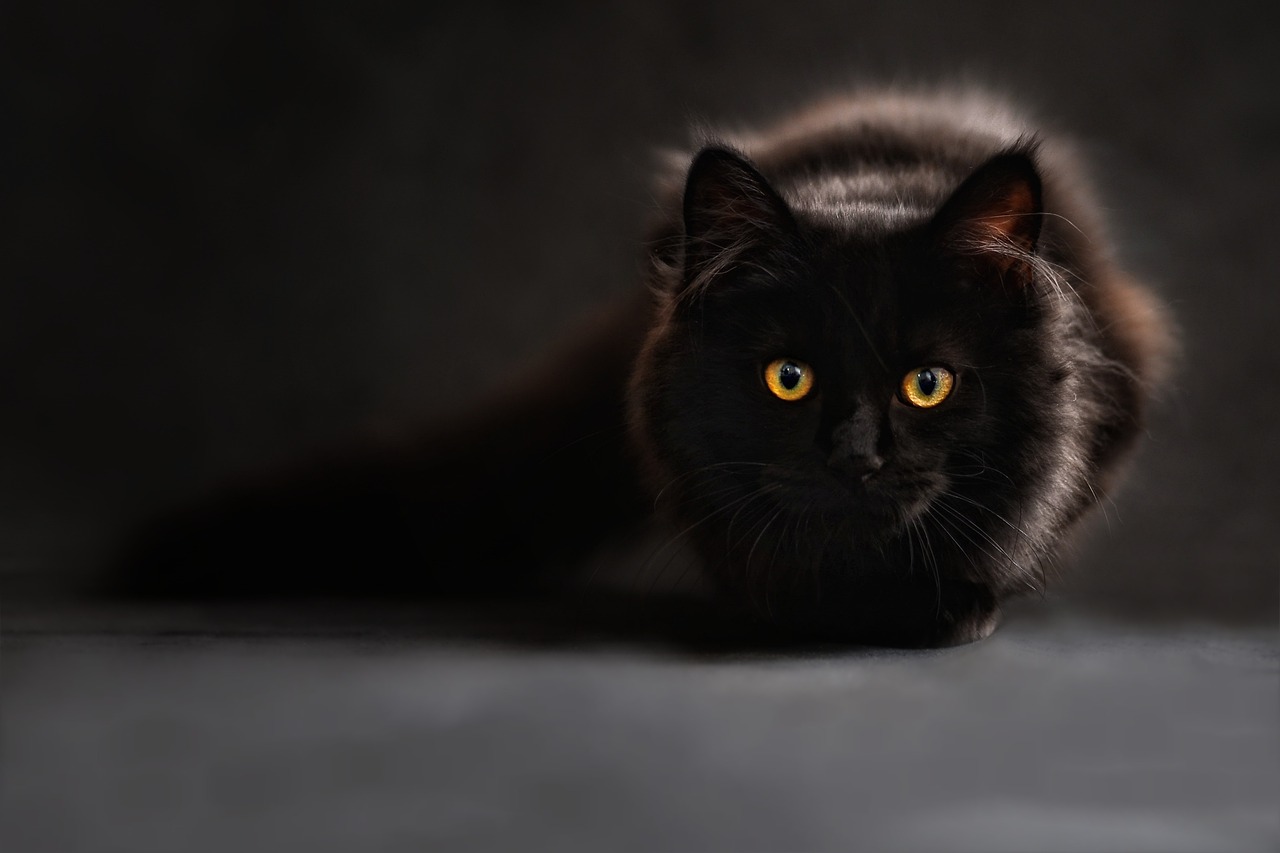
Black cats are often stereotyped due to superstitions, they can be associated with bad luck and witches, especially around Halloween, bit the truth is that these cats are very strong and loyal cats capable of quickly adapting to a change in circumstances.
Orange cats
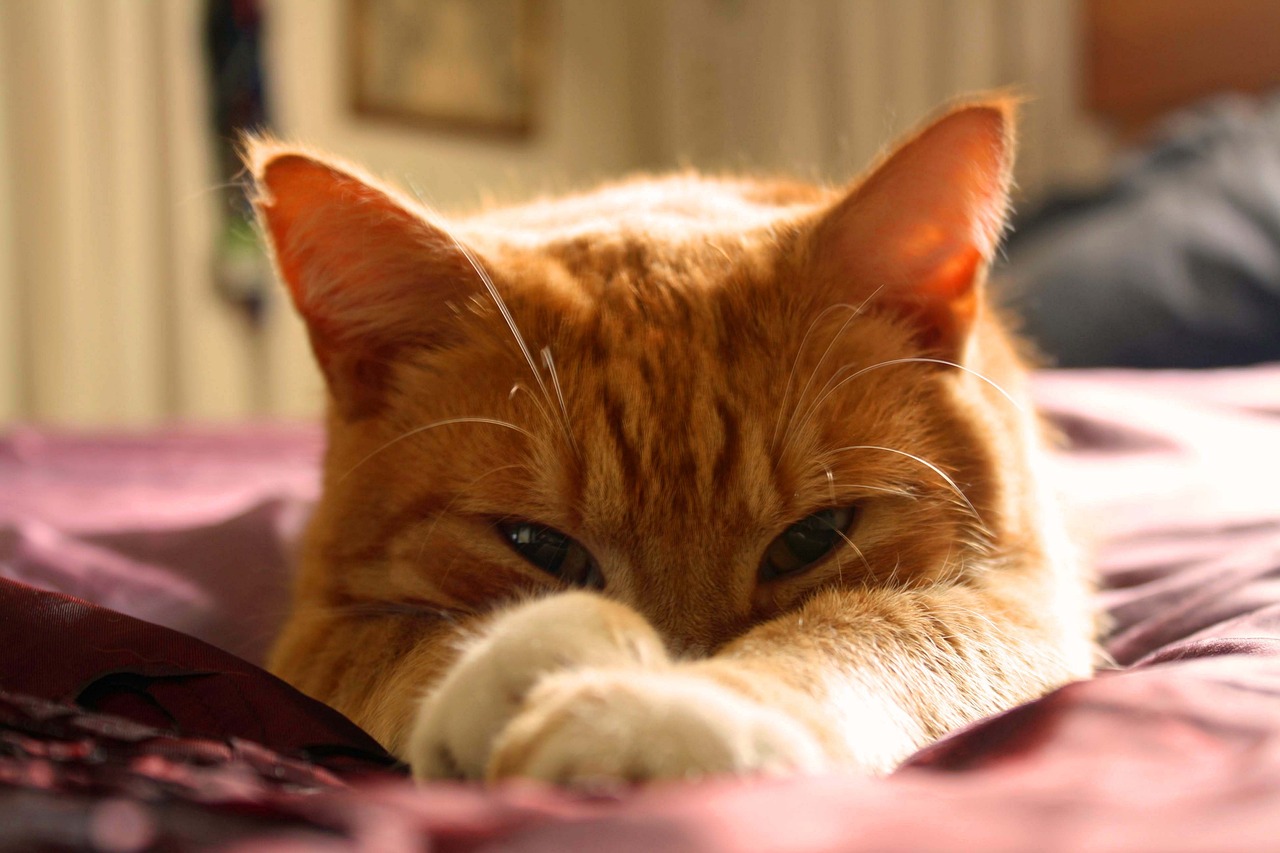
Known also as ginger cats, these cats are typically plumper than other cats and are mild-mannered, gentle, and highly intelligent. Orange cats are good-natured, sociable and demanding.
White cats
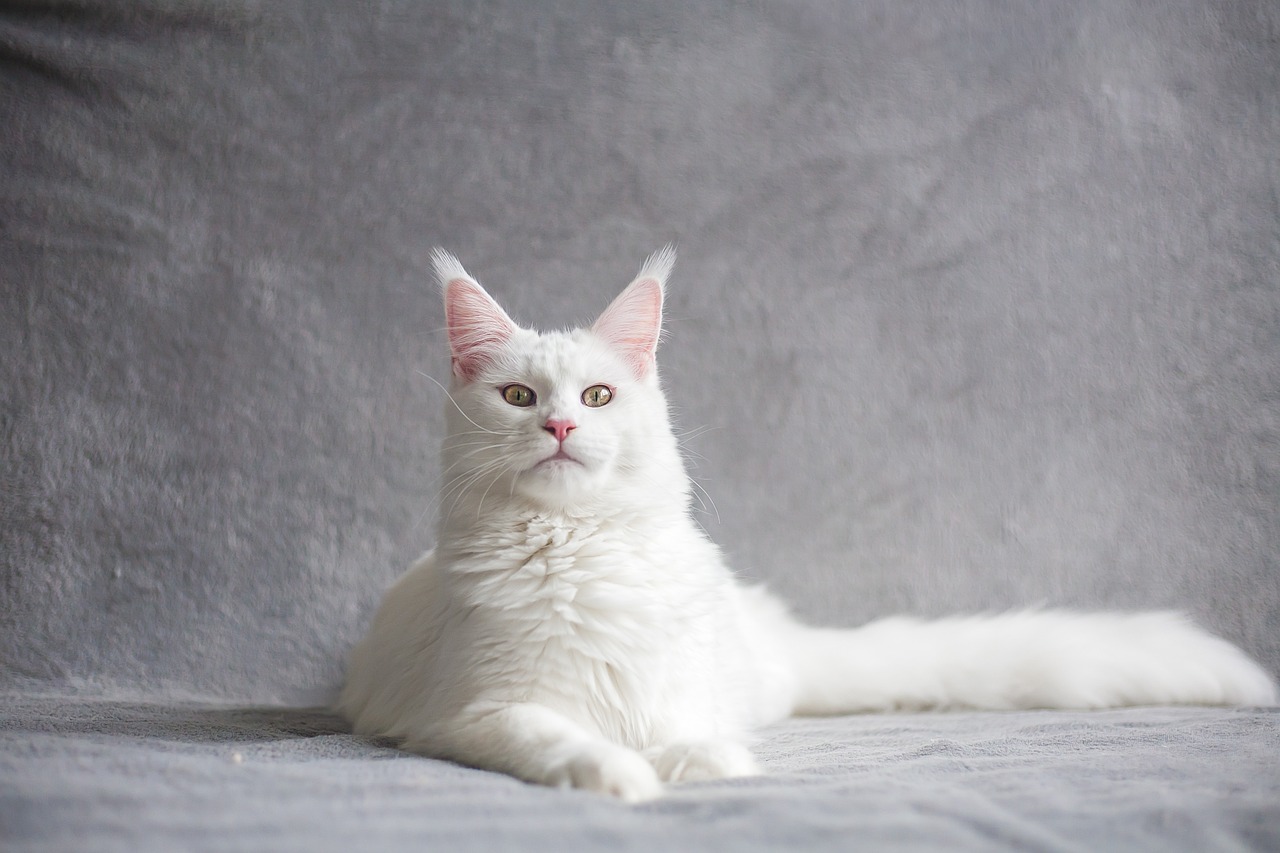
White cats can be weird and insane. They reject everyone else and fall completely in love with one person—who might be a bigger cat. Sometimes they are considered as lazy and arrogant. White cats can be very vocal and demanding, they would not let go until got what they wanted.
Cats’ Fur Color Influence the Adoption Rates
Whether the characteristics are related to color or inherited from their parents, color still plays a big role when it comes to adopting cats. Most people make their decision about which cat to adopt based on the characteristics they ascribed to cats based on their coat color.
A University of California, Berkeley researcher conducted a survey involving 189 cat owners to investigate the relationship between cat color and adoption rates. The results showed that people were more likely to associate orange cats with positive personality traits and white and tortoiseshell cats with negative ones. It was often believed that tortoiseshell cats were unbearable, white cats were aloof, and orange cats were social pets.
Remember, when thinking about bringing a new cat into your home, keep in mind that personality traits such as coat color may not always be correlated with appearance.
